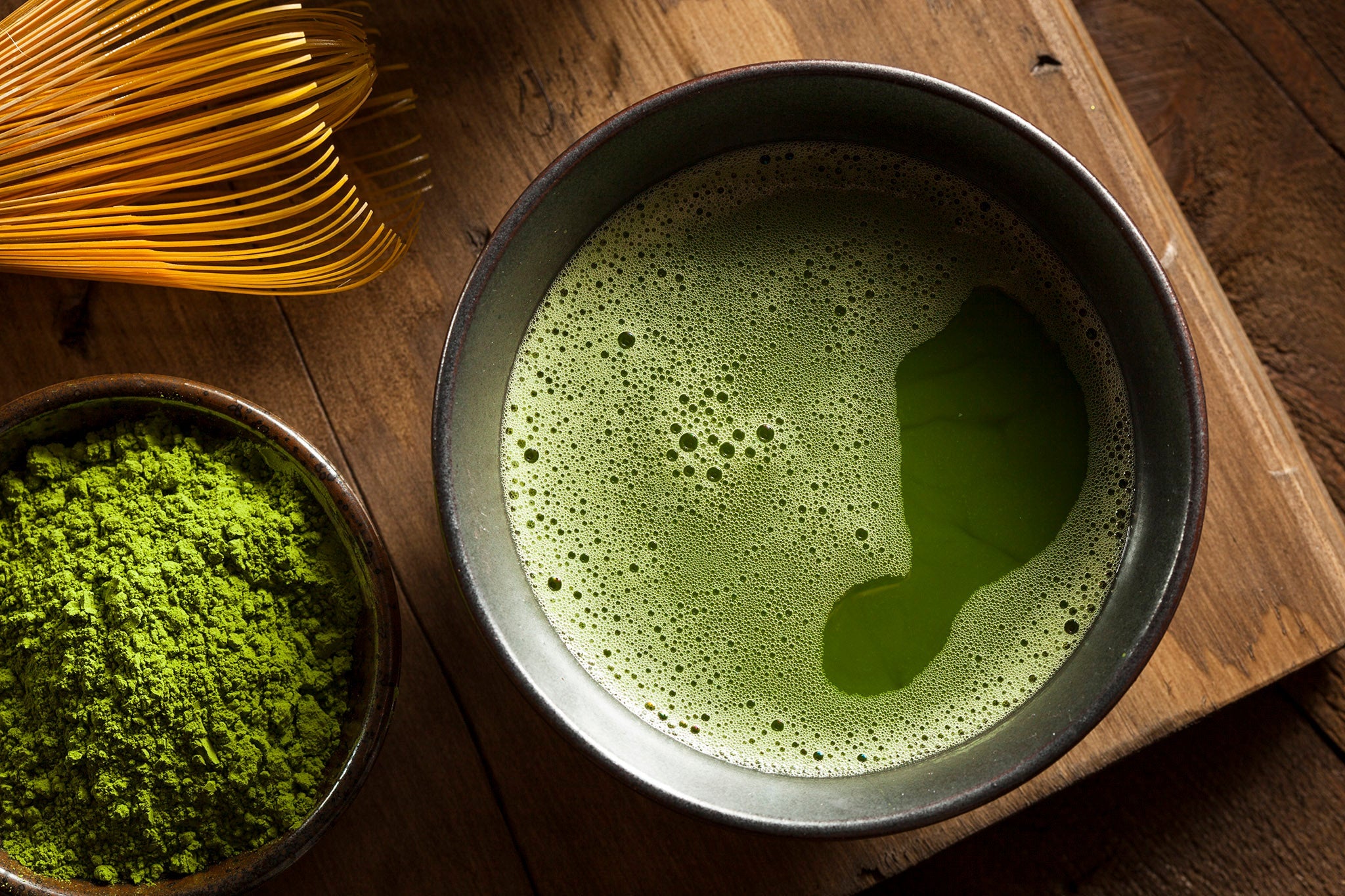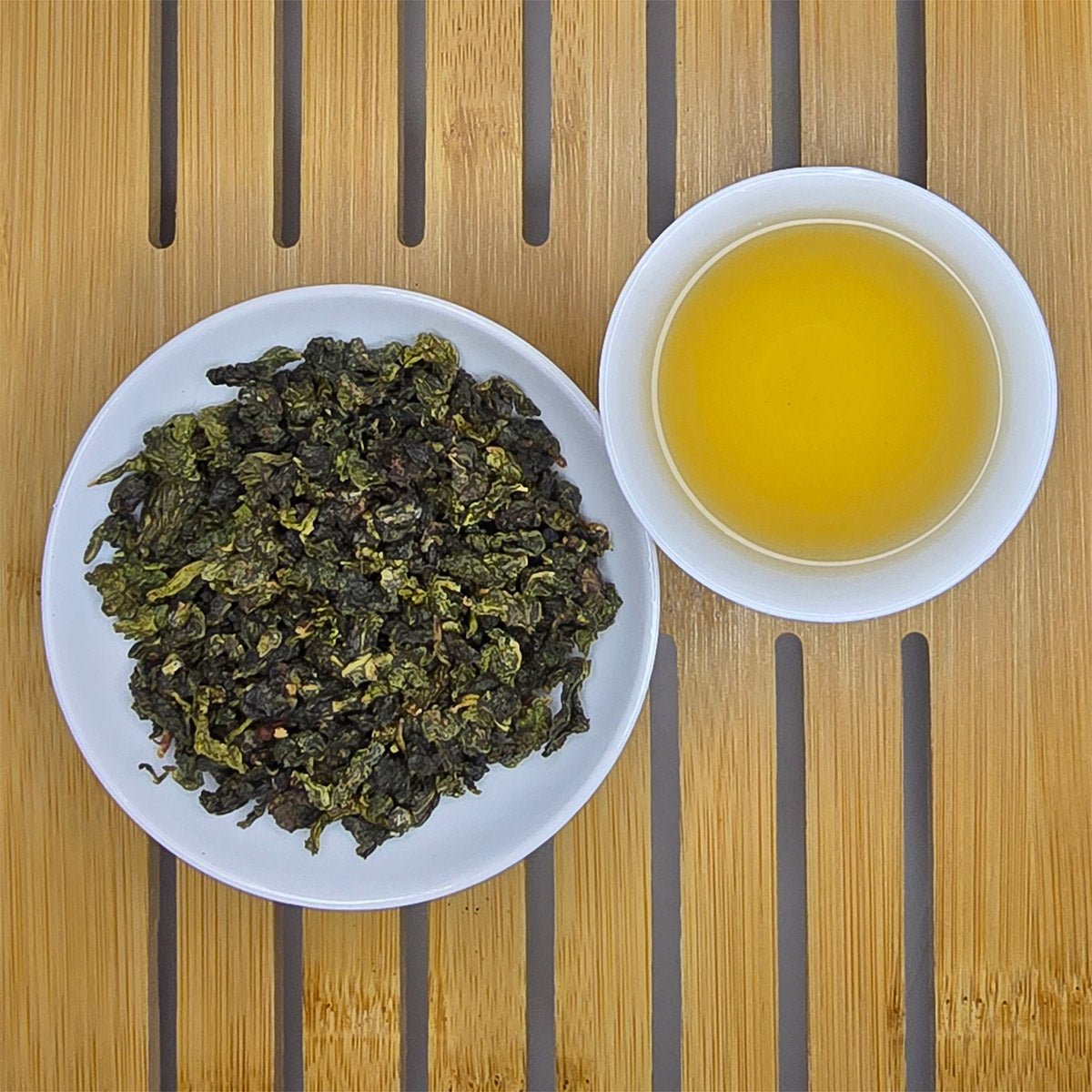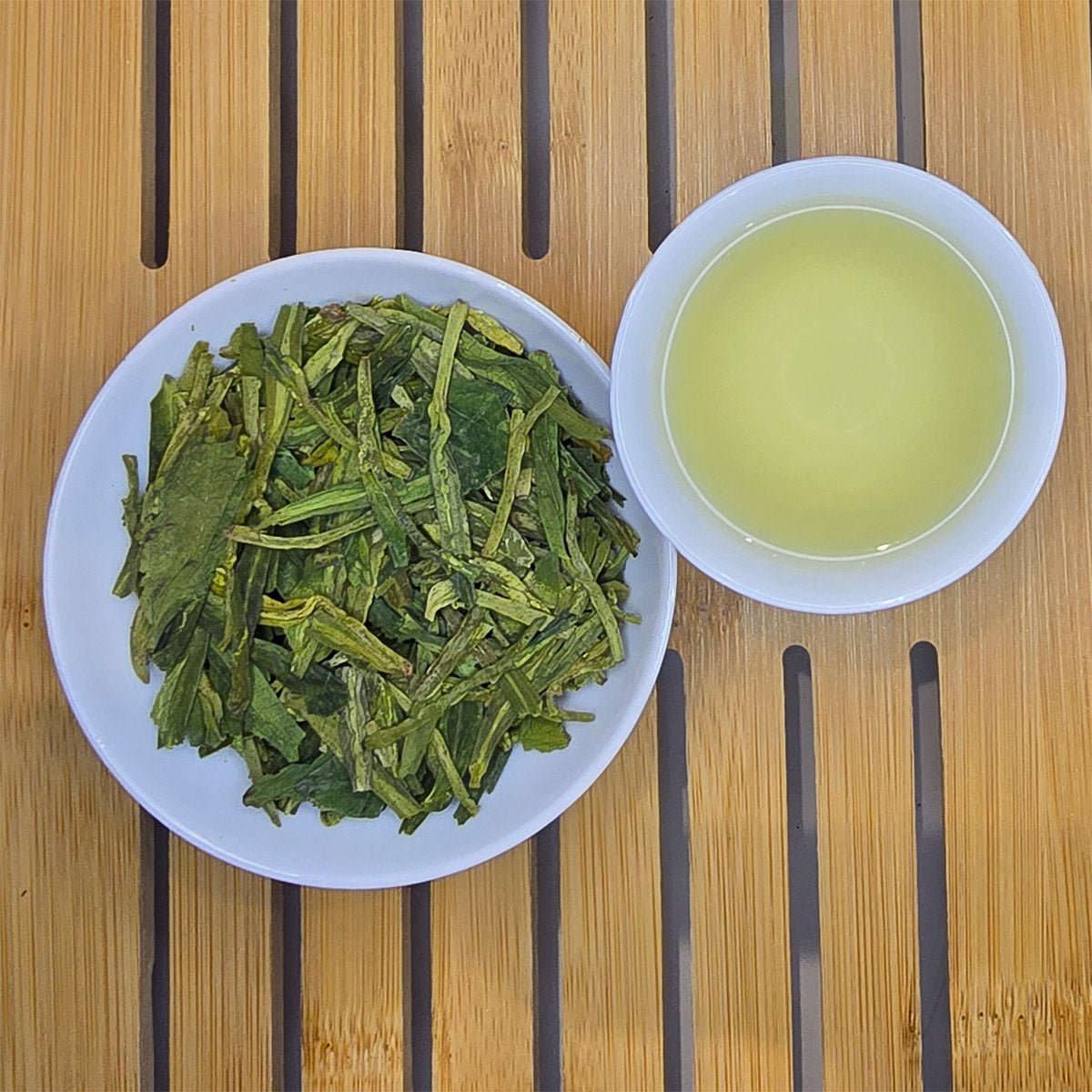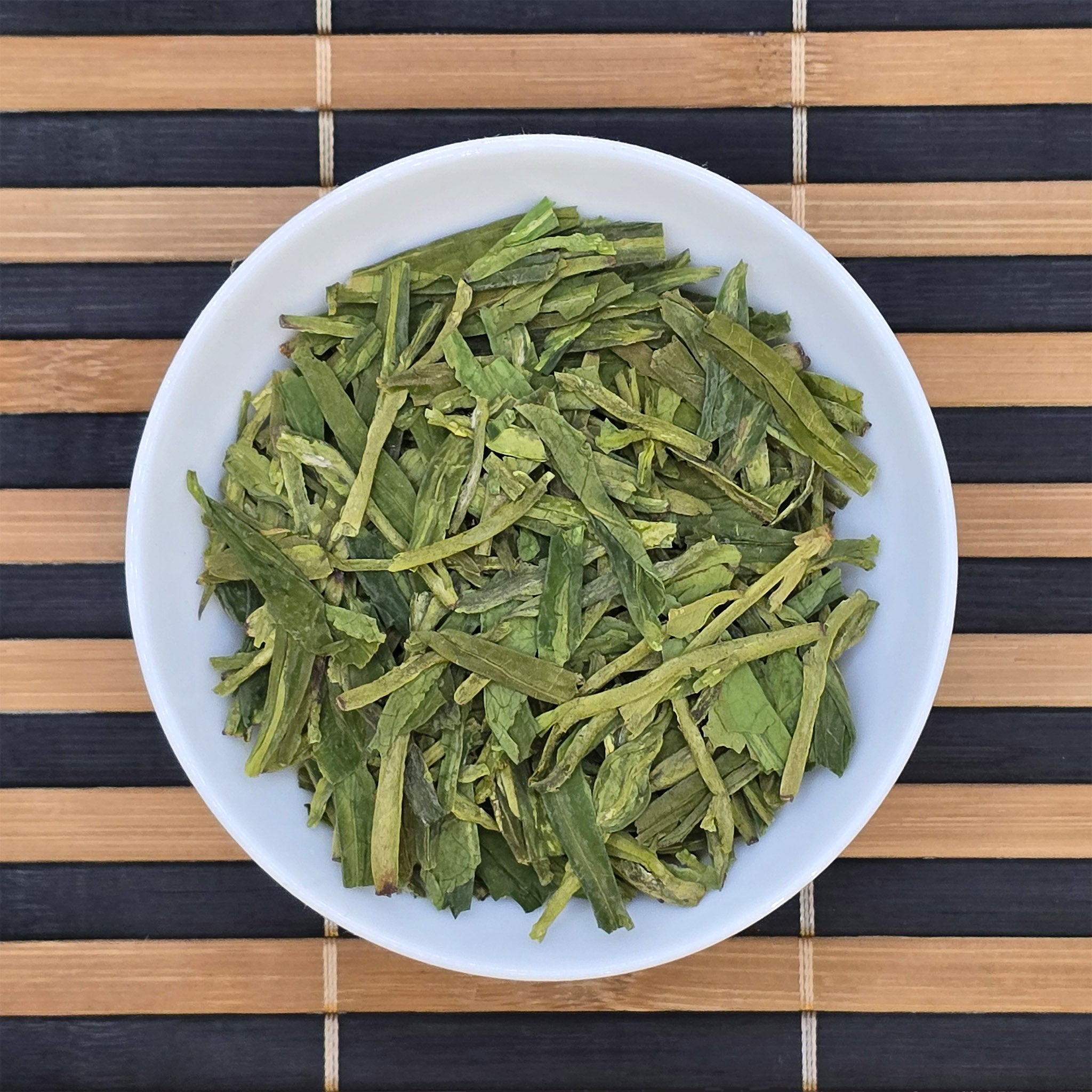The Timeless Tale of Citrus-Infused Teas
Exploring Chenpi, Orange Peel, and the Global Rise of Earl Grey

1. Origins of Citrus and Tea: From Ancient China to Victorian Parlours
The relationship between tea and citrus is not just flavorful—it’s historical. Across continents and cultures, dried citrus peel has found its way into teapots, evolving from a herbal remedy to a household ritual. In ancient China, where tea culture was first formalized, citrus fruits were revered for their energizing aroma and medicinal properties. Records from the Tang dynasty (618–907 CE) suggest that early scholars and healers began pairing dried orange or tangerine peels with tea leaves to enhance both flavor and health benefits.
As trade routes expanded, the Silk Road and maritime voyages brought citrus fruits and tea to the West. Europeans, particularly the British, developed a taste for black tea enhanced with citrus oils—culminating in one of the most famous blends in the world: Earl Grey.
2. From Mandarin to Market: Orange Peel, Tangerine Peel & Chenpi
Not all citrus peels are created equal. In Asia—especially China—three types are distinct:
-
Orange peel (橘皮, jú pí): Typically from sweet oranges, this peel offers a fresh, zingy top note. Often used in Western teas.
-
Tangerine peel (陈橘皮, chén jú pí): Sourced from small mandarins or tangerines, its flavor is gentler and more aromatic.
-
Chenpi (陳皮, chén pí): Aged tangerine peel, sun-dried and matured over years or even decades. It has deep medicinal roots in Traditional Chinese Medicine (TCM).
Unlike fresh citrus zest, chenpi undergoes a slow transformation, mellowing over time and gaining complex, woody, and slightly sweet characteristics. It’s a premium ingredient, and one we proudly feature in blends on Great‑Tea.co.uk.

The Earl Grey Legacy: Britain’s Citrus Crown Jewel
No discussion of citrus-infused tea is complete without honoring Earl Grey. This quintessential British tea is flavored with bergamot, a fragrant citrus fruit native to Southern Italy.
Who was Earl Grey?
The tea is named after Charles Grey, the 2nd Earl Grey and British Prime Minister in the 1830s. While the origin story varies, legend holds that a Chinese mandarin gifted the blend to Lord Grey after his men saved the official’s son. More plausibly, bergamot oil was added to offset the mineral taste of local water at Grey’s Northumberland estate.
Bergamot vs. Chenpi
Though both come from citrus fruits, bergamot is primarily used as an essential oil, giving Earl Grey its unmistakable aroma. Chenpi, on the other hand, is sun-aged peel—more complex and subtly medicinal. Earl Grey is Europe’s aromatic answer to Asia’s chenpi-rich traditions.
On Great‑Tea.co.uk, our Classic Earl Grey pays homage to that storied blend—bright, balanced, and utterly timeless.
Tea Styles that Celebrate Citrus
Let’s explore time-tested combinations of tea and citrus peel:
1. Chenpi Pu-erh (陈皮普洱)
- Origin: Yunnan, China
- Flavour: Earthy, fermented pu-erh meets the warm, mellow complexity of aged chenpi.
- Perfect for: Digestion after heavy meals, slow afternoon sipping.
- Available at: Great‑Tea.co.uk – Aged Chenpi Pu-erh (15-Year Chenpi + 2018 Raw Pu-erh)
2. Orange Pekoe + Orange Peel
- Style: Brisk Ceylon-style black tea enhanced with bright orange zest.
- Taste Profile: Bold, sunny, and naturally sweet.
- Great with: Milk, lemon, or on its own.
3. Gunpowder Green + Tangerine Peel
- Flavour: Lightly smoky green tea paired with fragrant, dried tangerine peel.
- Effect: Refreshing and energising, with a digestive kick.
- Best for: Midday calm or cold brewing in summer.
4. Earl Grey (Bergamot-Infused Black Tea)
- Origin: 19th-century Britain
- Citrus Note: Italian bergamot oil (Citrus bergamia)
- Signature Taste: Fragrant, floral, slightly bitter.
- Historical Cachet: Named after a Prime Minister, loved by royalty and commoners alike.
5. Oolong + Chenpi Mélange
- Flavour: Lightly oxidised oolong balanced with citrusy chenpi
- Mood: Floral warmth meets subtle citrus sweetness.
- Great for: Afternoon meditations or social tea settings
Health Benefits of Citrus Peel in Tea
These blends aren’t just delicious—they come with potential wellness benefits, too:
1. Supports Digestion
In TCM, chenpi is famous for regulating qi and easing bloating. Citrus peels stimulate bile flow and digestive enzymes, making them ideal after heavy meals.
2. Respiratory Relief
Chenpi and citrus peels have long been used to clear phlegm and ease coughs. The essential oils contain limonene, which may reduce mild inflammation and support clearer breathing.
3. Antioxidant Rich
Orange and tangerine peels contain flavonoids like hesperidin and naringin, linked to reduced oxidative stress, better blood vessel function, and improved lipid metabolism.
4. Cognitive Clarity & Mood Boost
Bergamot (in Earl Grey) and chenpi both offer aromatic oils that may enhance mental alertness and reduce anxiety. Some studies suggest citrus aroma therapy may elevate serotonin levels.
Brewing Tips for the Perfect Citrus-Infused Cup
Make the most of your teas with these citrus-specific brewing notes:
-
Black Teas (e.g. Earl Grey, Orange Pekoe):
Temp: 95–100°C | Steep: 3–5 mins
Add a slice of fresh orange or lemon for a twist. -
Green + Tangerine Peel Teas:
Temp: 80–85°C | Steep: 2–3 mins
Avoid boiling water to preserve delicate oils. -
Chenpi Pu-erh / Oolong:
Rinse briefly with hot water | Steep: 30s–1min, multiple infusions
Sip slowly, flavour evolves with each pour. - Pro tip: Rub dried citrus peel slightly between fingers to release oils before steeping.
Pairings & Occasions
- Earl Grey + Lemon Tart: A classic afternoon tea combo.
- Chenpi Pu-erh + Roast Duck or Char Siu: Echoes Chinese banquets.
- Green + Tangerine with Sushi or Salads: Refreshing and light.
- Orange Pekoe with Biscuits or Toasted Nuts: Ideal for breakfast or teatime.
Why Choose Great‑Tea.co.uk?
Your customers aren’t just buying tea—they’re engaging with centuries of tradition and artisanal quality. At Great‑Tea.co.uk, we prioritise:
- All-natural citrus peels – No synthetic flavourings or oils
- Aged chenpi – Sourced from ethical growers in Guangdong
- Small-batch blending – Freshness and flavour control
- Sustainable sourcing – From Yunnan to Sri Lanka to Sicily
Whether it’s the deep warmth of chenpi, the Victorian elegance of Earl Grey, or the bright snap of Sicilian orange peel, our collection invites every tea lover into a fragrant, flavorful journey.
In Conclusion: Tea & Citrus, a Match Made in History
From imperial China to English drawing rooms, citrus-infused teas have captivated palates and minds for generations. The marriage of tea leaves with orange, tangerine, bergamot, and chenpi tells a global story of trade, taste, tradition, and well-being.
Today, Great‑Tea.co.uk continues this story, curating a citrus-forward selection that connects ancient health wisdom with modern flavour profiles.
Whether you're seeking a bright start, a digestive aid, or an aromatic escape, there's a citrus tea blend waiting to become your new daily ritual.
Discover Your Perfect Citrus Blend at Great‑Tea.co.uk
Brighten your cup. Balance your body. Brew your history.




















